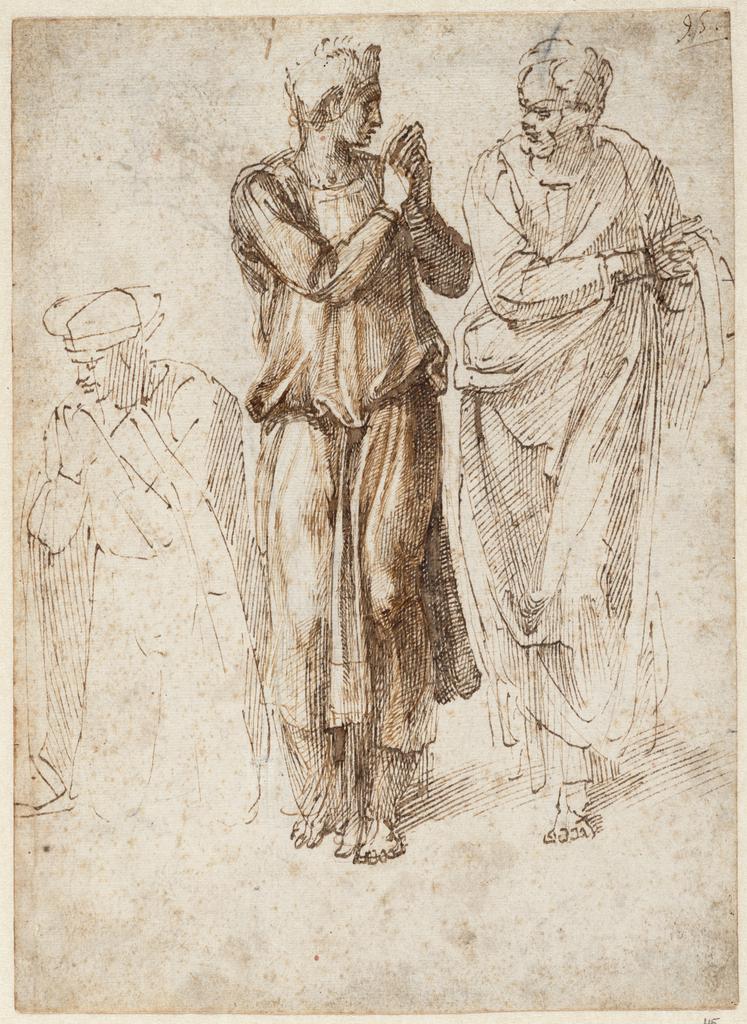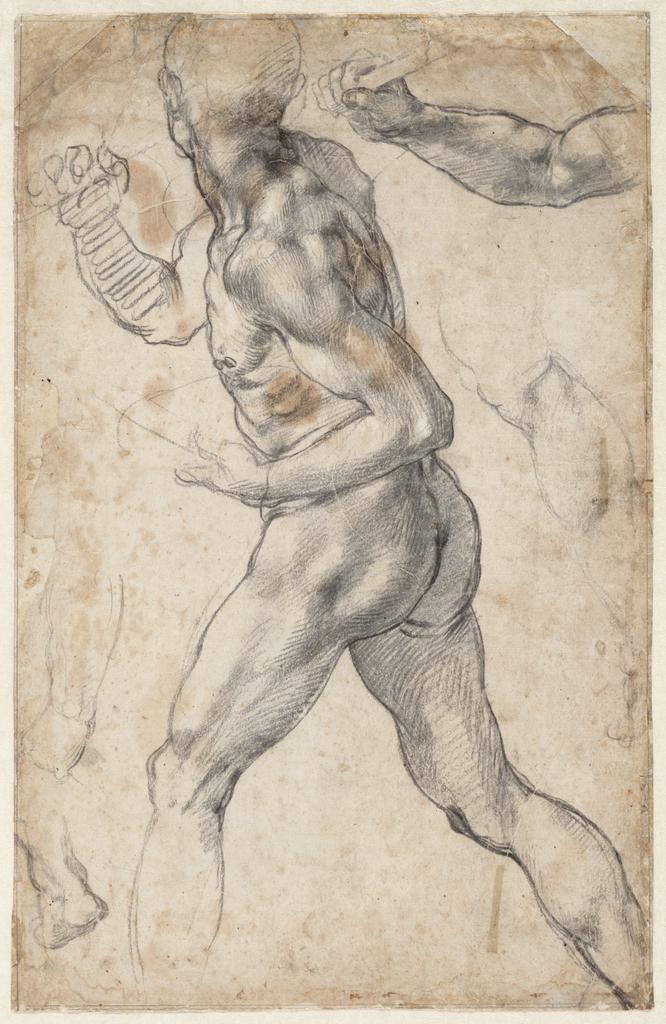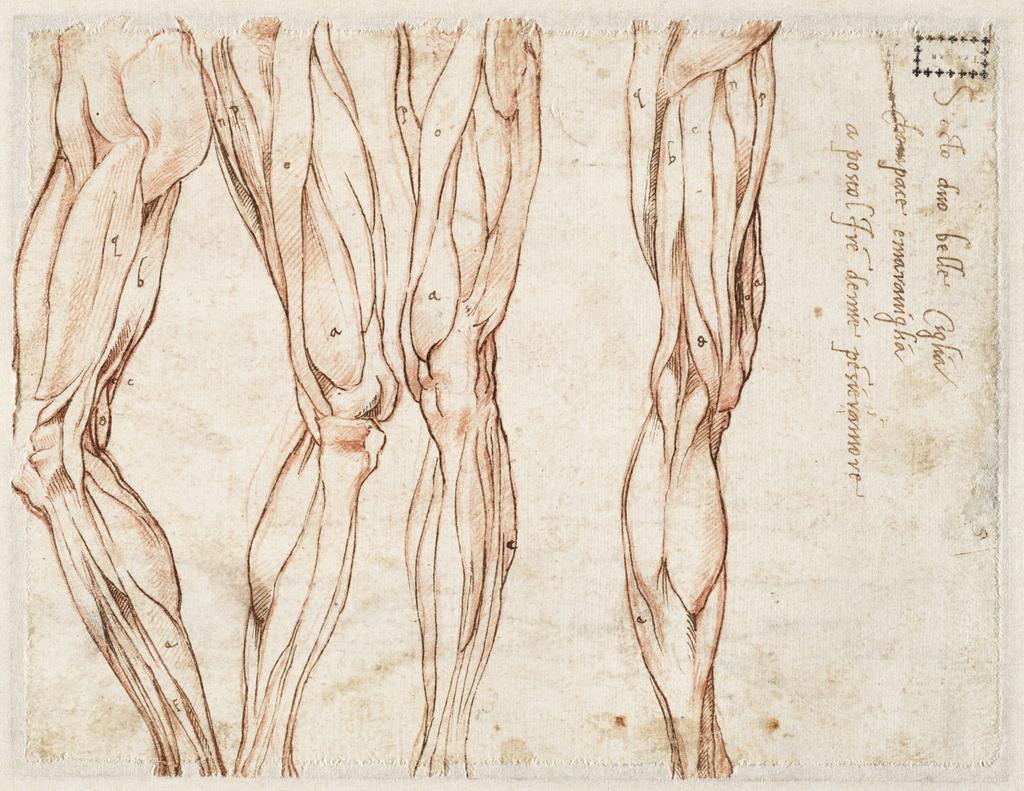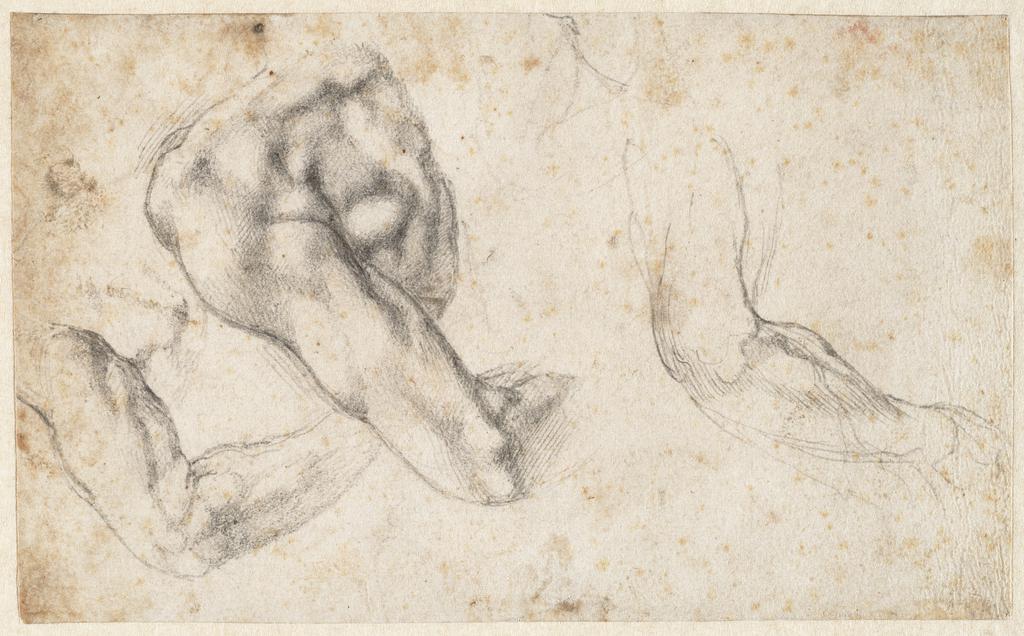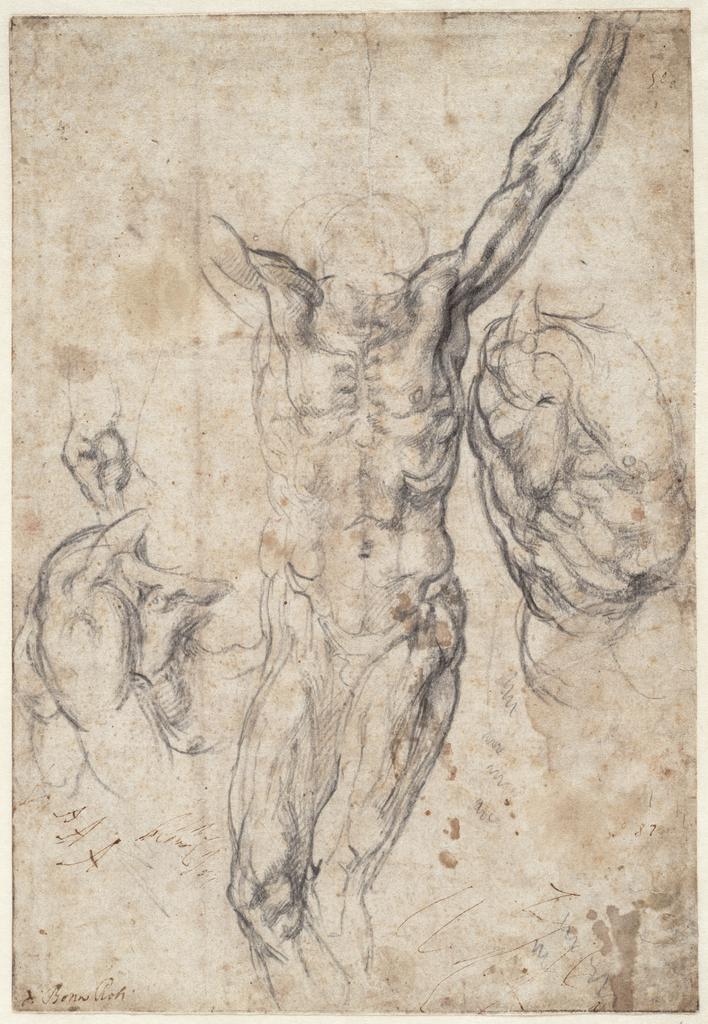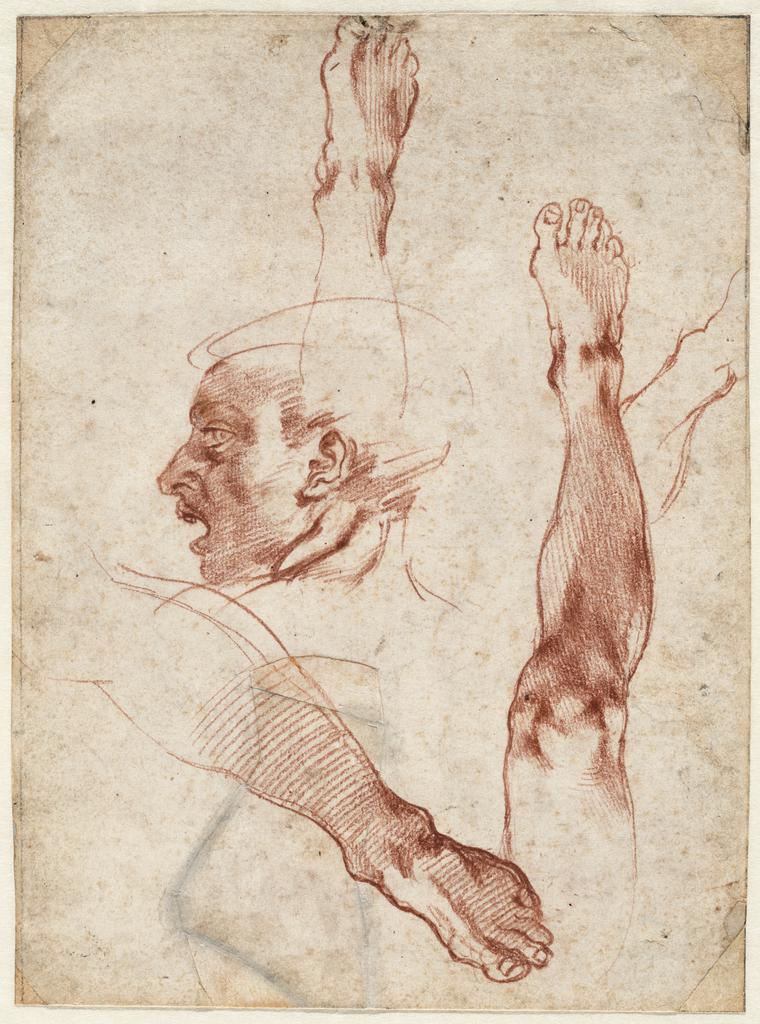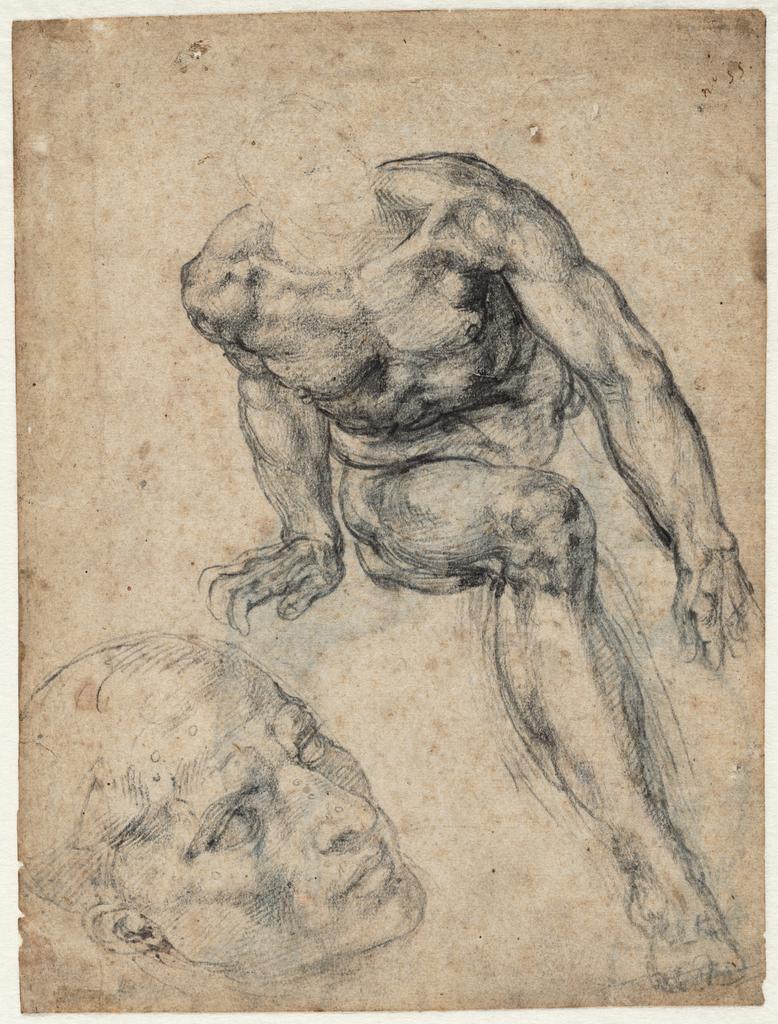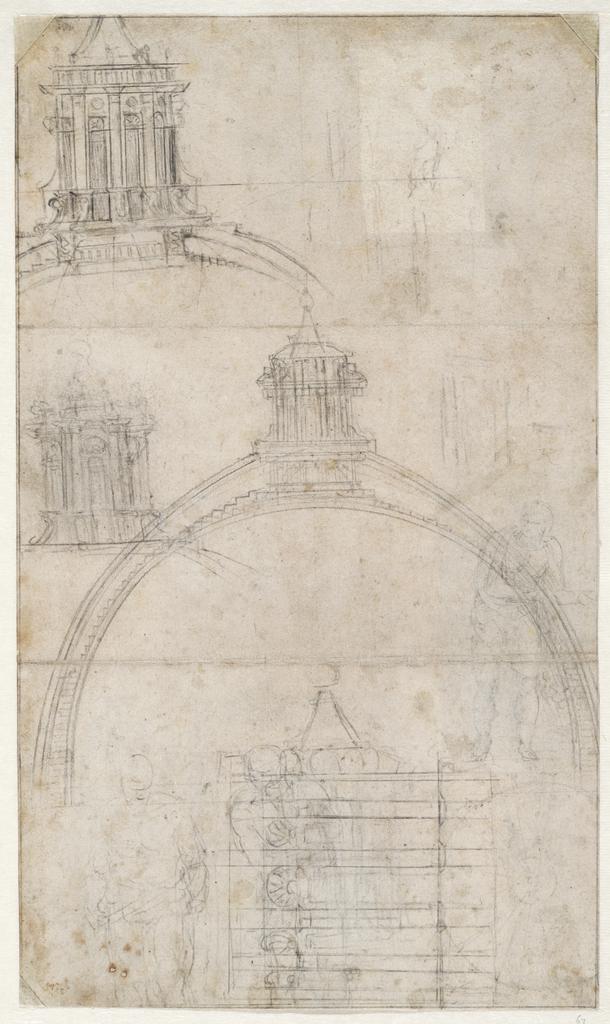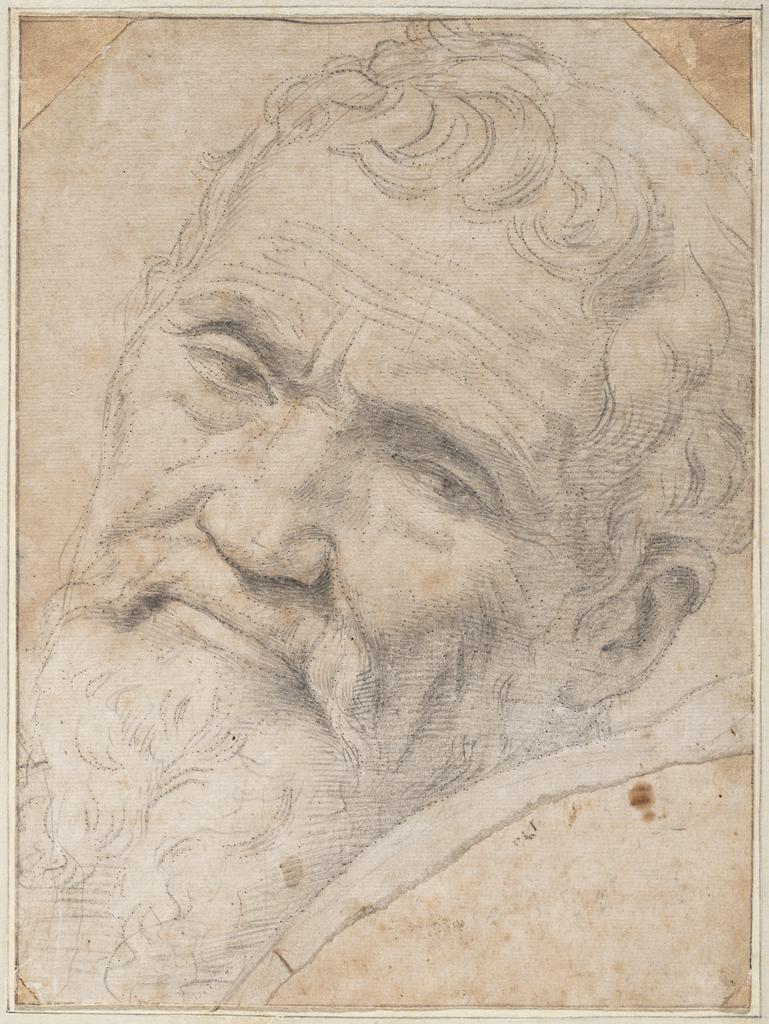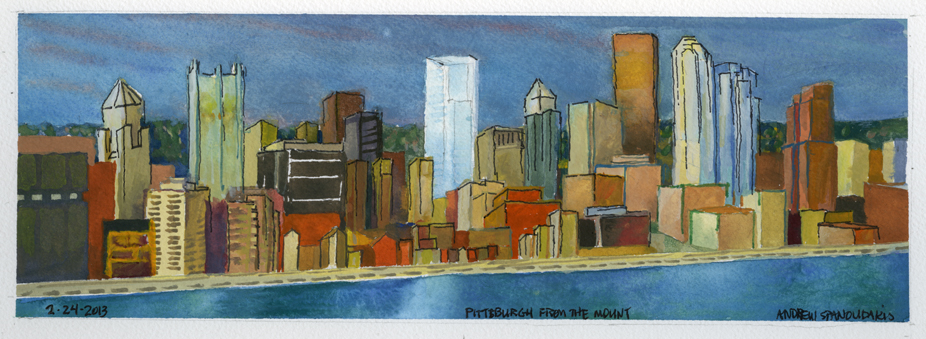Re-print of a blog from word press blogger Mario Muller his blog:
Truffle Hunting: Fine Art Experiences of Quality and Resonance
http://trufflehunting.wordpress.com/
Read about him to learn more on who he is.
Richard Diebenkorn, Iconoclast
May 4, 2012
Let’s cut to the chase.
Richard Diebenkorn
is an artist of supreme soulful significance. Any opportunity to
submerge oneself in his luxuriating hues and intelligent compositions
should be immediately embraced. The chance to see an exhibition of 75
paintings, drawings and prints is nothing less than a must see moment.

Richard
Diebenkorn Ocean Park #79, 1975 Oil on canvas 93 x 81 in. (236.2 x
205.7 cm) Philadelphia Museum of Art, Purchased with a grant from the
National Endowment for the Arts and with funds contributed by private
donors, 1977
©The Estate of Richard Diebenkorn Image courtesy the Philadelphia Museum of Art
The
Orange County Museum of Art
in Newport Beach is featuring just such a Diebenkorn exhibition. The
show draws it’s focus on the extensive Ocean Park series, begun in 1967
and extending to the artist’s death in 1993. Thoughtfully curated by
OCMA’s Sarah C. Bancroft, the exhibition succeeds in numerous ways. The
scale is pitch perfect offering an authoritative overview without
becoming exhaustive. The balance of media on display also offers a
marvelous opportunity to see both the trajectory of Diebenkorn’s
compositional investigation and his encyclopedic skills as an artist.
And by offering three entry doors, the exhibition affords several paths
for discovery, none of which is wrong, and all of which lead to
different conclusions, epiphanies and insights.
My appreciation of Diebenkorn’s entire oeuvre is indisputable. Long
before Gerhard Richter, he practiced a harmonious both/and paradigm
between abstraction and interprative realism. He proved that geometric
compositional distillation and expressive mark-making were symbiotic.
This interdependence remains difficult for many to embrace. Briefly, and
in non-sequential order, here are several musings on Diebenkorn and the
excellent Ocean Park Exhibition.

Richard
Diebenkorn Cigar Box Lid #4, 1976 Oil on wood 8 3/8 x 7 1/8 in. and
Ocean Park #105, 1978 Oil and charcoal on canvas 100 1/8 x 93 1/8 in.
Scale. Diebenkorn is equally facile in small, medium
and grand scale painting and drawing. The exhibit contains numerous
examples of painted Cigar Box tops that carry the same heroic weight as
their 100 by 93 inch counterparts. Gestures physically made with
fingertips and wrist have the bravado as brushstrokes executed with
elbow and shoulder. And conversely, large brushstrokes carry the same
delicacy and nuance as their miniature cousins.
Intentionality. Diebenkorn exerts enormous control
over every aesthetic decision. There are drips and stains and
bleedthroughs but each seems intentional and executed to a greater
purpose. This dialogue with accident and the painting’s trajectory of
push and pull is inspiring to study in one painting let alone 75!

Richard
Diebenkorn Ocean Park #43, 1971 Oil and charcoal on canvas 93 x 81 in.
(236.2 x 205.7 cm) Collection of Gretchen and John Berggruen, San
Francisco
©The Estate of Richard Diebenkorn Image courtesy the Estate of Richard Diebenkorn
Optical Pleasure. Dienbenkon’s color palette is
unapologetically beautiful. Lush and vibrant, underpainting permeates
every endeavor. This optical mixing of colors through layering and
glazing techniques presents an art that is collaborative with every
viewer’s optical capacity.
Light and Shadow. Figure and Ground. Line and Volume.
These, and countless other polarities, are constantly dancing,
switching and folding unto each other. Diebenkorn thusly acts as a
choreographer and the picture plane is the proscenium stage on which
this narrative boogie woogie reveals itself.
And then there’s Matisse. It helps alot to know even
a modicum of Matisse to see what drove Diebenkorn. The Orange County
exhibition bears the unmistakable heartbeat of Matisse throughout each
gallery. While this might not be a new scholarly insight, it’s
nonetheless valuable to see the mantle that Diebenkorn was willing
tackle. It further cements the historical trajectory that proves
Diebenkorn essential, indispensible and heroic.

Richard
Diebenkorn Untitled (Ocean Park), 1971 Charcoal on paper 26 1/4 x 18
5/8 inches Henri Matisse View of Notre Dame, 1914, Oil on Canvas 58 x 37
inches
Take for instance this lovely diptych of an Ocean Park Charcoal and
Matisse’s View of Notre Dame from 1914. The perspectival lines creating
an optical entrance to the picture plane act in similar ways. Contrast,
if you will, the use of the single arch in a sea of straight lines.
Erasures and adjustments abound further accentuating the process of the
artist’s every gesture. The act of compositional decision-making is the
subject matter and we are drawn (pun intended) into the unfolding drama.

Henri
Matisse The Piano Lesson 1916. Oil on canvas, 8′ 1/2″ x 6′ 11 3/4″
& Richard Diebenkorn Ocean Park #16, 1968 Oil on canvas 92 1/2 x 76
in.
Both Matisse and Diebenkorn harnessed the push/pull eccentricities of
color. The greens and pinks extend forward while the unending
variations of grays recede. In the hands of these masters depth becomes
not simply a definition of physical space but a corporeal experience of
picture plane; an on-ramp, if you will, where you visually go from 0-60
in 2.2 seconds.

Henri Matisse, Open Window, Collioure, 1905 and Richard Diebenkorn Blue Surround, 1982
Windows open into a room while simultaneously defining the space outside. Thus, infinity is defined by enclosure.
Richard Diebenkorn: The Ocean Park Series continues through May 27th at the
Orange County Museum of Art. From there it travels to its final destination of the
Corcoran Gallery in Washington D.C. where it opens June 30th, 2012. For all that is holy, see this show!
Update June 6th, 2012: While I’m not generally a fan of the
Huffington Post, there is a nice conversational piece about Diebenkorn
and the run of the exhibition at OCMA.
Link Here!




